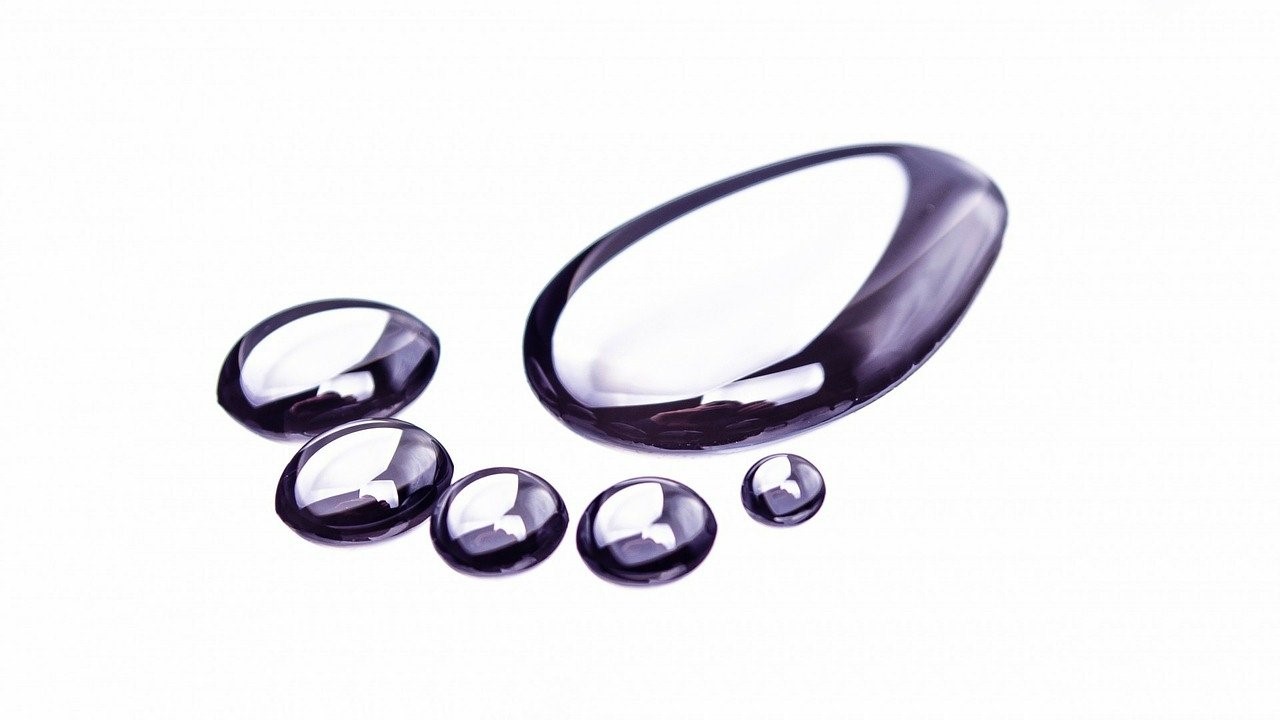Your day-to-day activities have an effect on the environment. One way to track your impact is by calculating your water footprint and reassessing your daily activities and consumption patterns accordingly. Since water is essential for our day to day activities, it makes sense to start with tracking your water footprint impact.
What activities come to your mind with the phrase “water footprint”? Things like bathing, cleaning, cooking, drinking, etc.? While the water footprint does take into account these methods of direct consumption, there is also virtual water consumption that is taken into account. Virtual water is the water you consume indirectly such as buying a product whose production involves water consumption. There are many online water footprint calculators you can use to determine your own water footprint. This interactive water footprint calculator is a good resource.
There are a few ways you can reduce your water footprint; while there are the common pointers to reduce your direct water consumption, there are also some measures you can take to reduce your virtual water footprint. Here are some tips to do so:
- Extend the life cycle of your products
Any product you buy, there is a very high chance that water was involved in its production. Try to buy only what’s necessary and when you feel like you can no longer use the product, try recycling or donating it instead of throwing it out.
- Avoid single use products
Single use plastics take up a lot of water and energy during production. Recycle the plastics that you do use and try to switch to reusable alternatives instead such as reusable cloth bags for shopping, reusable water bottles, reusable utensils and drinking tap water or investing in a water filtering jug instead of drinking bottled water.
- Eat less meat
It takes up about 2400 gallons of water to produce only one pound of meat. Livestock and poultry in the US eat large amounts of water-intensive feed. By reducing the amount of meat you consume, you can lower your virtual water footprint significantly. You don’t have to go completely vegetarian or vegan, you can start by trying Meatless Mondays!
- Save energy
Energy production is a process that requires water too. Most of the US gets its electricity from hydroelectric and thermoelectric power (from coal, natural gas, nuclear fuels, etc.), both of which have large water footprints. By turning off your appliances when not in use and making sure the lights are turned off in a room when not in use are easy ways to reduce your energy consumption. You can also switch to energy efficient appliances such as high efficiency washing machines and energy saving LED bulbs.
These are some of the ways you can reduce your virtual water footprint. The key is to consume less and consume only whatever is necessary. Almost every daily activity in our lives involves water consumption either directly or indirectly. It is important to realize the impact of our virtual water footprint and be more mindful of our consumption.
Written by Hanyia Ahmed, Class of 2022
Image courtesy of Pixabay


This is great information and I am fully agreed with your opinion.